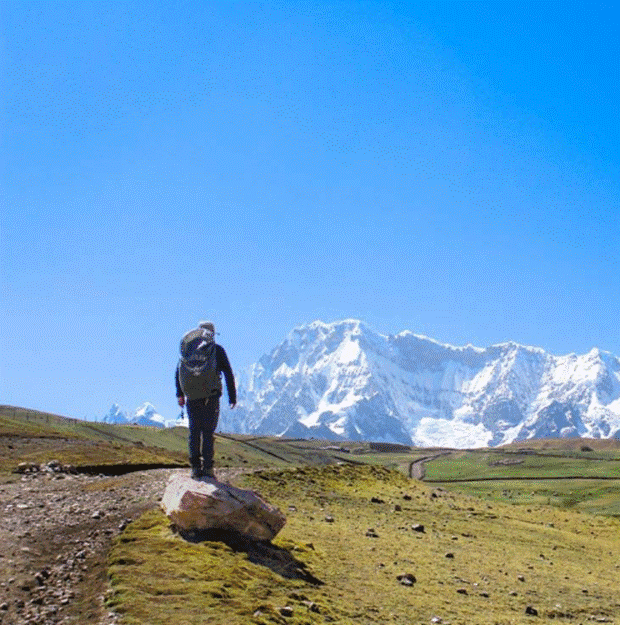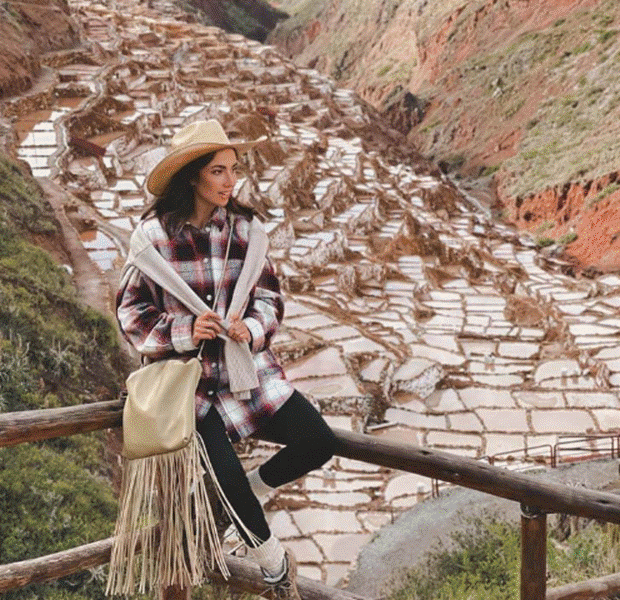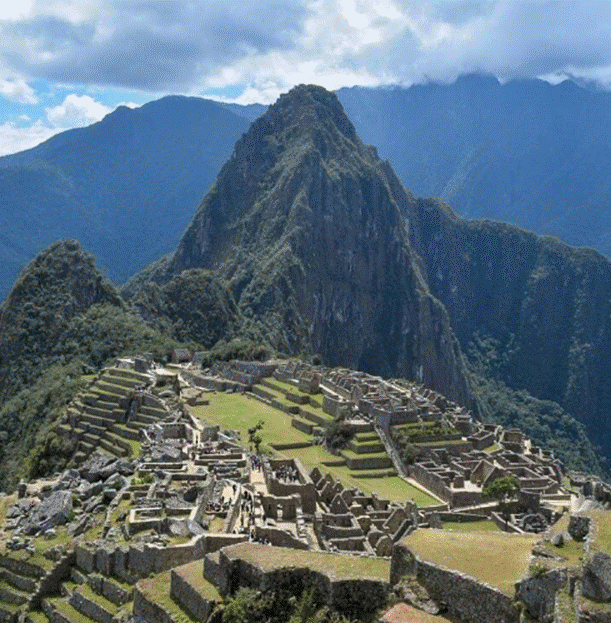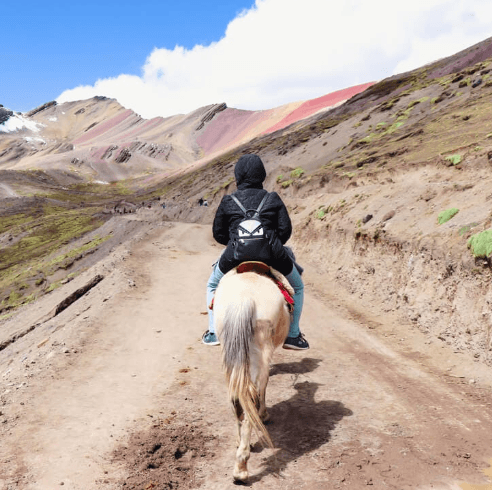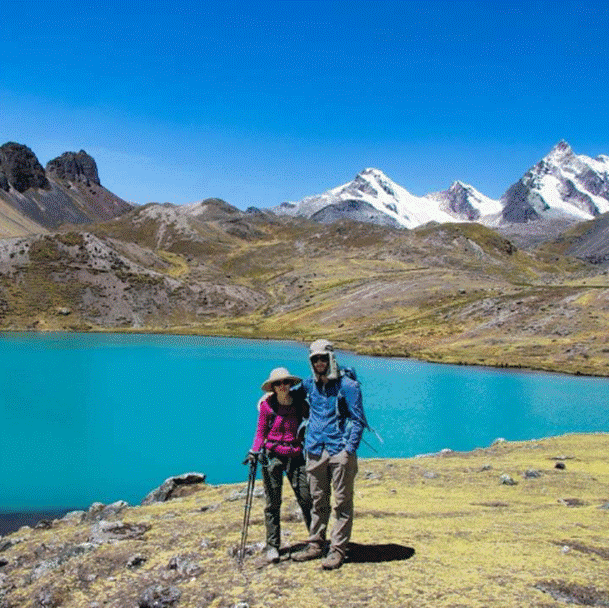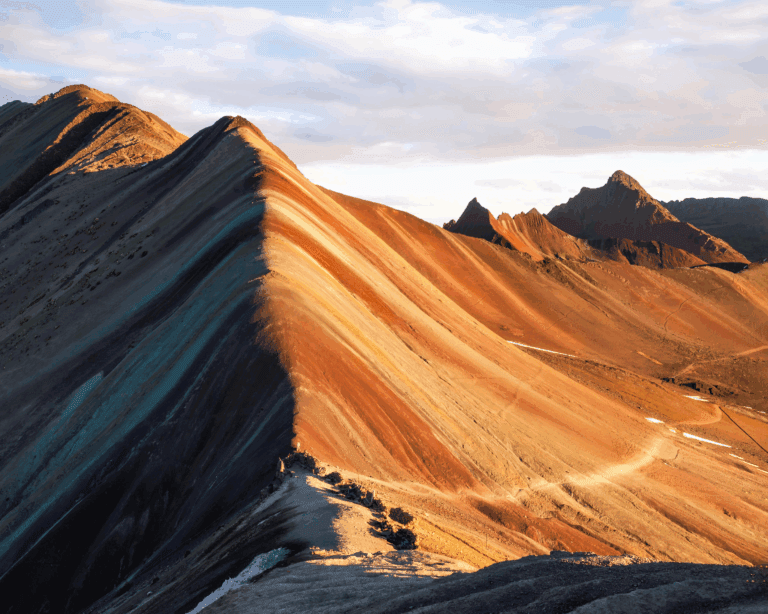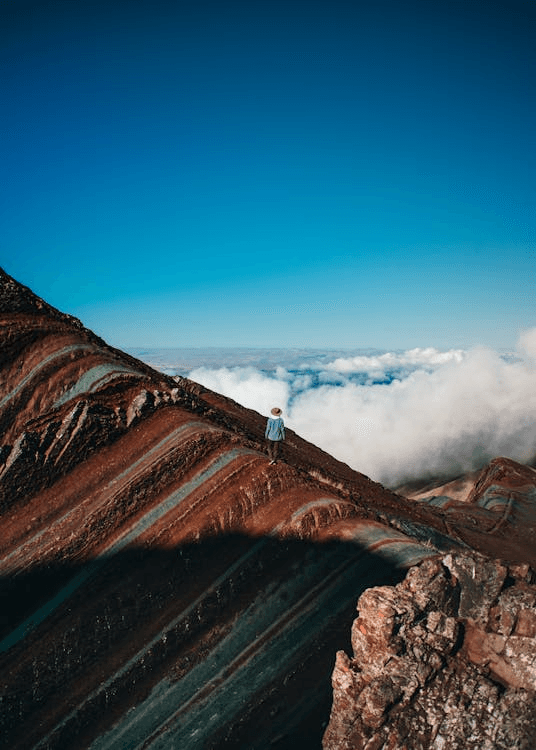Navigating Altitude Sickness: Tips for Your Seven Lakes Tour
The Seven Lakes tour near Ausangate is one of Cusco’s most magical experiences. Surrounded by glaciers, waterfalls, and turquoise lagoons, this high-altitude trek is as breathtaking as it is challenging. At over 4,300 meters above sea level, however, altitude sickness can be a real concern for travelers.
At Rainbow Mountain Expeditions, we’ve guided countless adventurers through the Andes, and we know that proper preparation makes all the difference. This guide will help you understand altitude sickness, recognize symptoms, and take the right steps to ensure your Seven Lakes adventure is safe and enjoyable.
Understanding Altitude Sickness
Altitude sickness, or soroche in Spanish, occurs when the body struggles to adjust to low oxygen levels at high elevations. It can affect anyone, regardless of age or fitness level.
Common symptoms include:
- Headache
- Dizziness
- Nausea
- Fatigue
- Shortness of breath
Recognizing these early signs is crucial so you can take steps to manage them before they worsen.
Acclimatize Before You Trek
The best way to prevent altitude sickness is to give your body time to adjust. Spend at least two days in Cusco before joining the Seven Lakes tour or other high-altitude adventures like a Rainbow Mountain Peru day tour. Use this time to explore the city, take short walks, and stay hydrated.
If possible, plan your itinerary so that strenuous hikes come after you’ve had time to acclimate, not immediately upon arrival.
Hydration and Diet
Staying hydrated is essential. The dry mountain air increases fluid loss, so aim to drink at least two liters of water per day. Avoid alcohol and minimize caffeine, as both can contribute to dehydration.
Light meals rich in carbohydrates, such as soups, potatoes, and quinoa, provide sustained energy. These traditional Andean staples not only fuel your body but also help it adjust to the altitude.
Natural Remedies and Medications
Peruvians have long used coca leaves to help with altitude. Drinking coca tea or chewing coca leaves can ease mild symptoms. While these remedies are safe for most people, consult your doctor before use.
Pharmaceutical options like acetazolamide (Diamox) may also be prescribed for prevention. Always seek medical advice before taking medication, especially if you have pre-existing health conditions.
Pacing Yourself on the Trail
The Seven Lakes trek is not a race. Walk at a steady pace, take regular breaks, and listen to your body. Guides from Rainbow Mountain Expeditions are trained to monitor altitude effects and will adjust the pace as needed.
Using trekking poles can also ease strain on your body, particularly during ascents and descents.
What to Do if Symptoms Persist
If symptoms worsen — such as severe headache, vomiting, or difficulty breathing — it’s important to descend to a lower altitude immediately. Our team always prioritizes safety and will ensure that anyone experiencing severe altitude sickness is cared for promptly.

The Seven Lakes trek is one of the most rewarding Cusco Peru day trips, offering spectacular scenery and a true taste of the Andes. With proper acclimatization, hydration, and guidance, you can minimize the risk of altitude sickness and focus on the adventure itself.
At Rainbow Mountain Expeditions, we combine expert knowledge with local care to make sure every traveler feels safe and supported. Whether you’re joining the Seven Lakes tour or exploring with a Rainbow Mountain tour Peru, our guides are here to help you conquer the altitude and enjoy the journey.
Ready to experience the magic of the Andes without the worry? Contact us today and let’s plan your high-altitude adventure.

